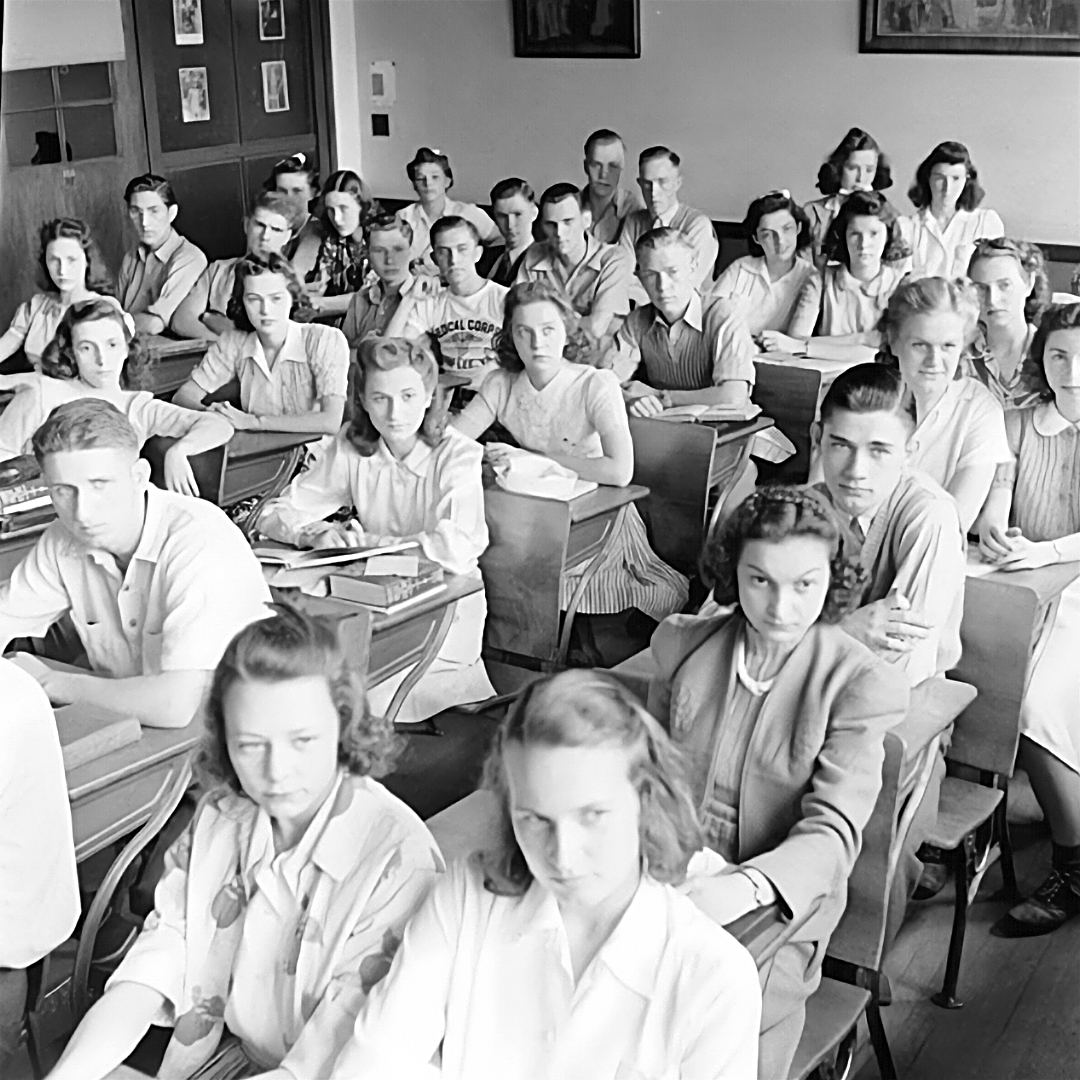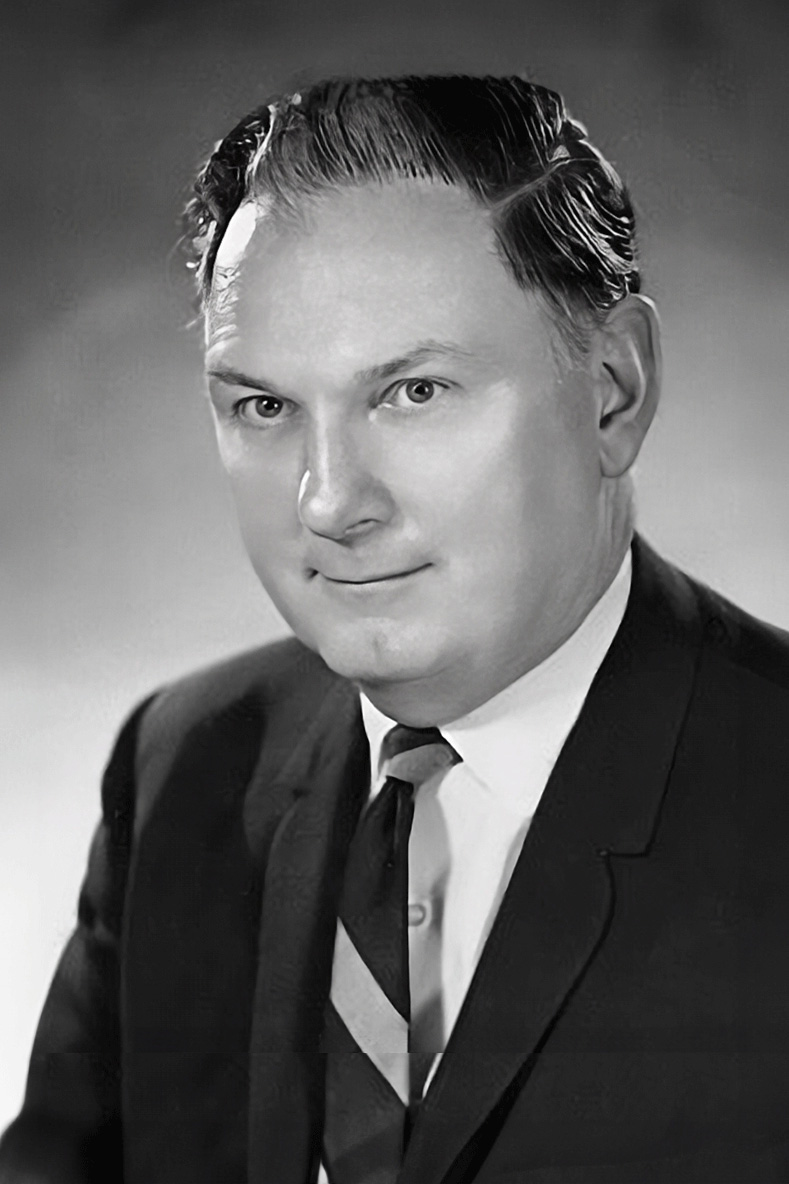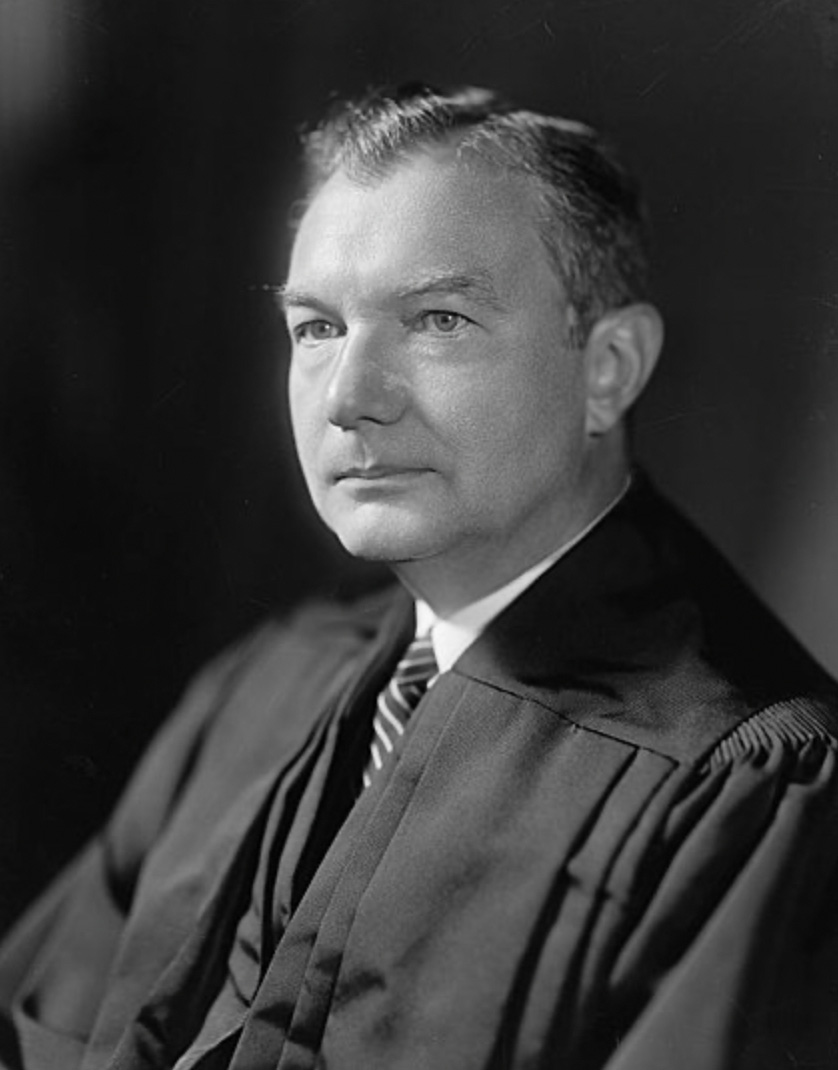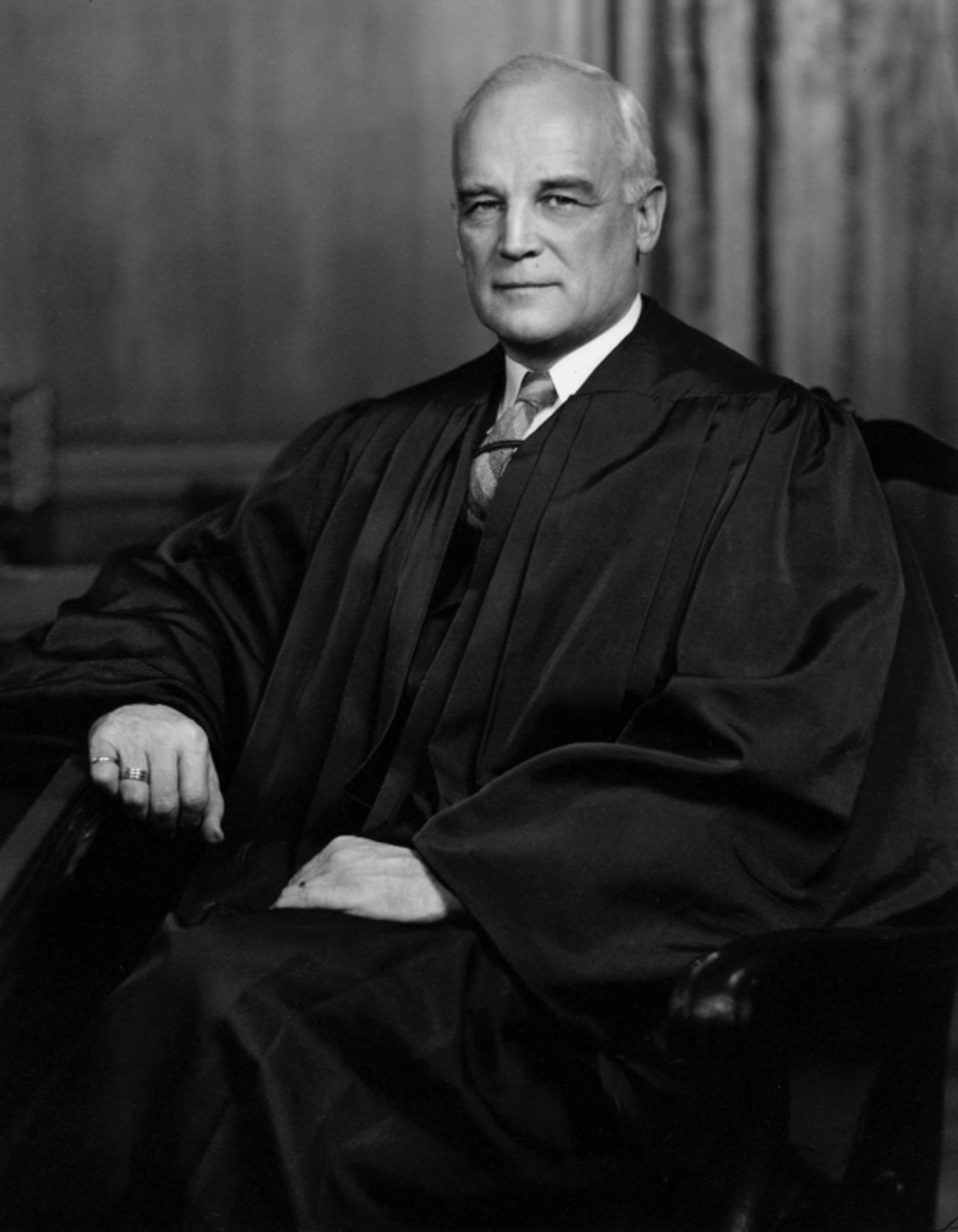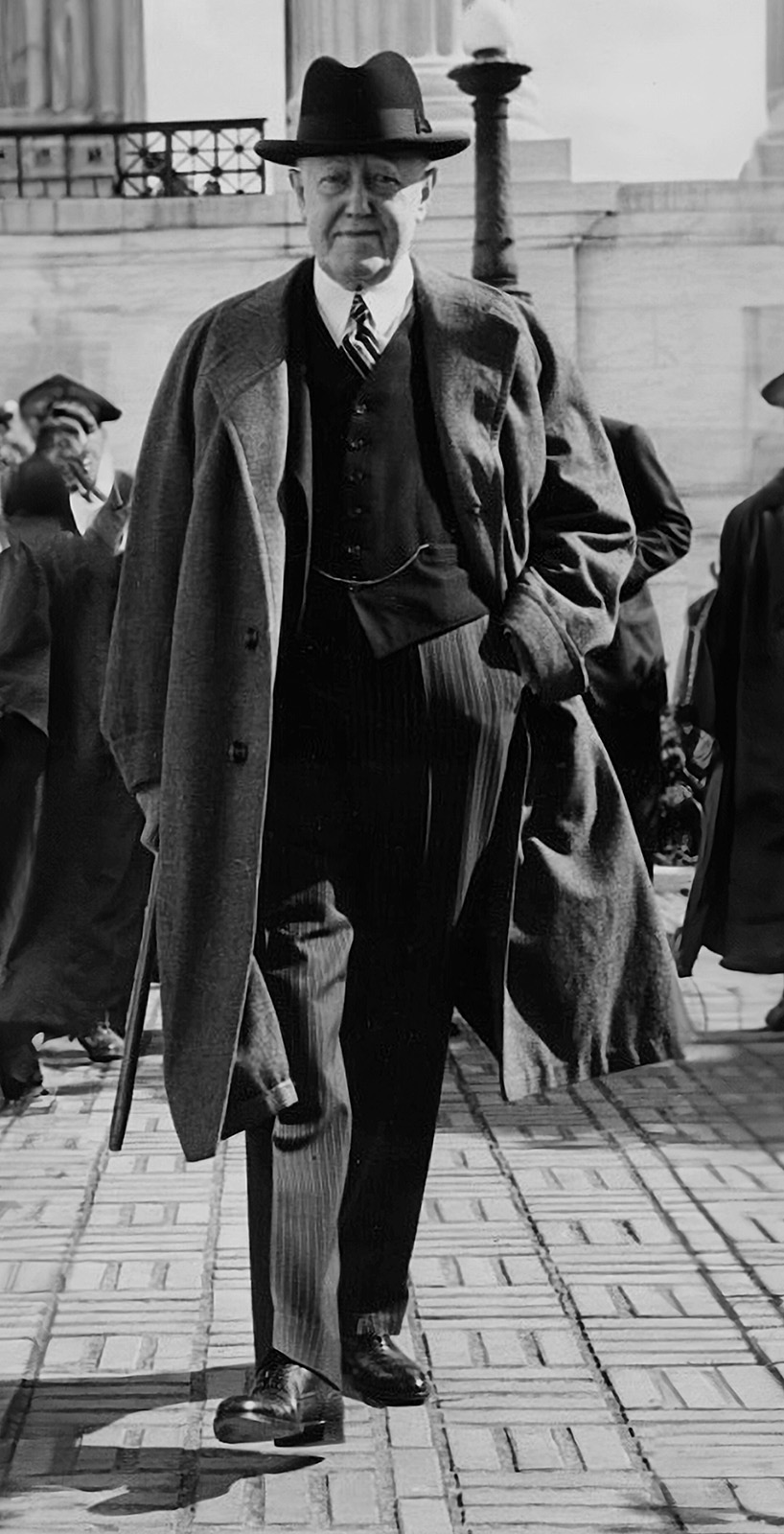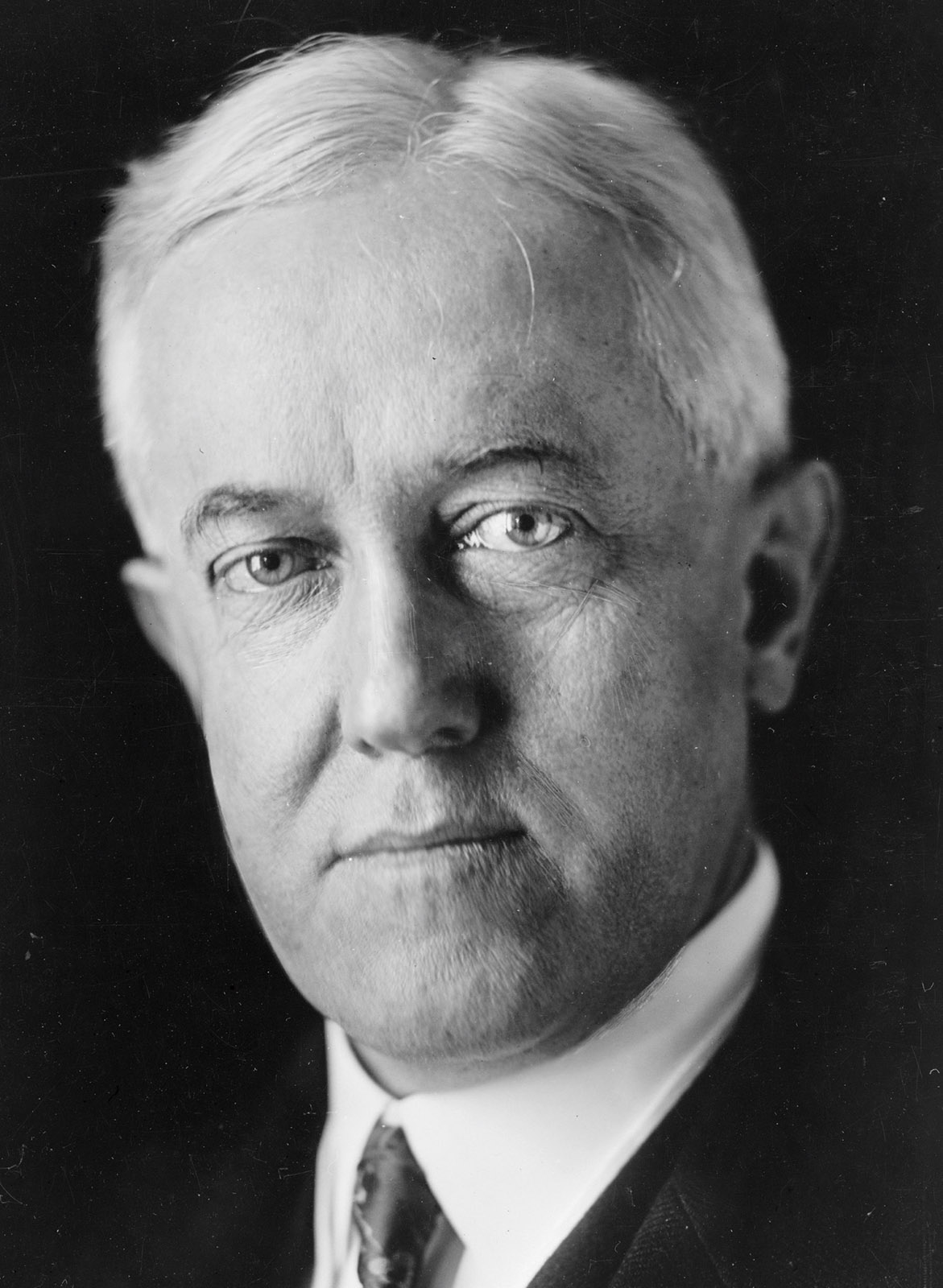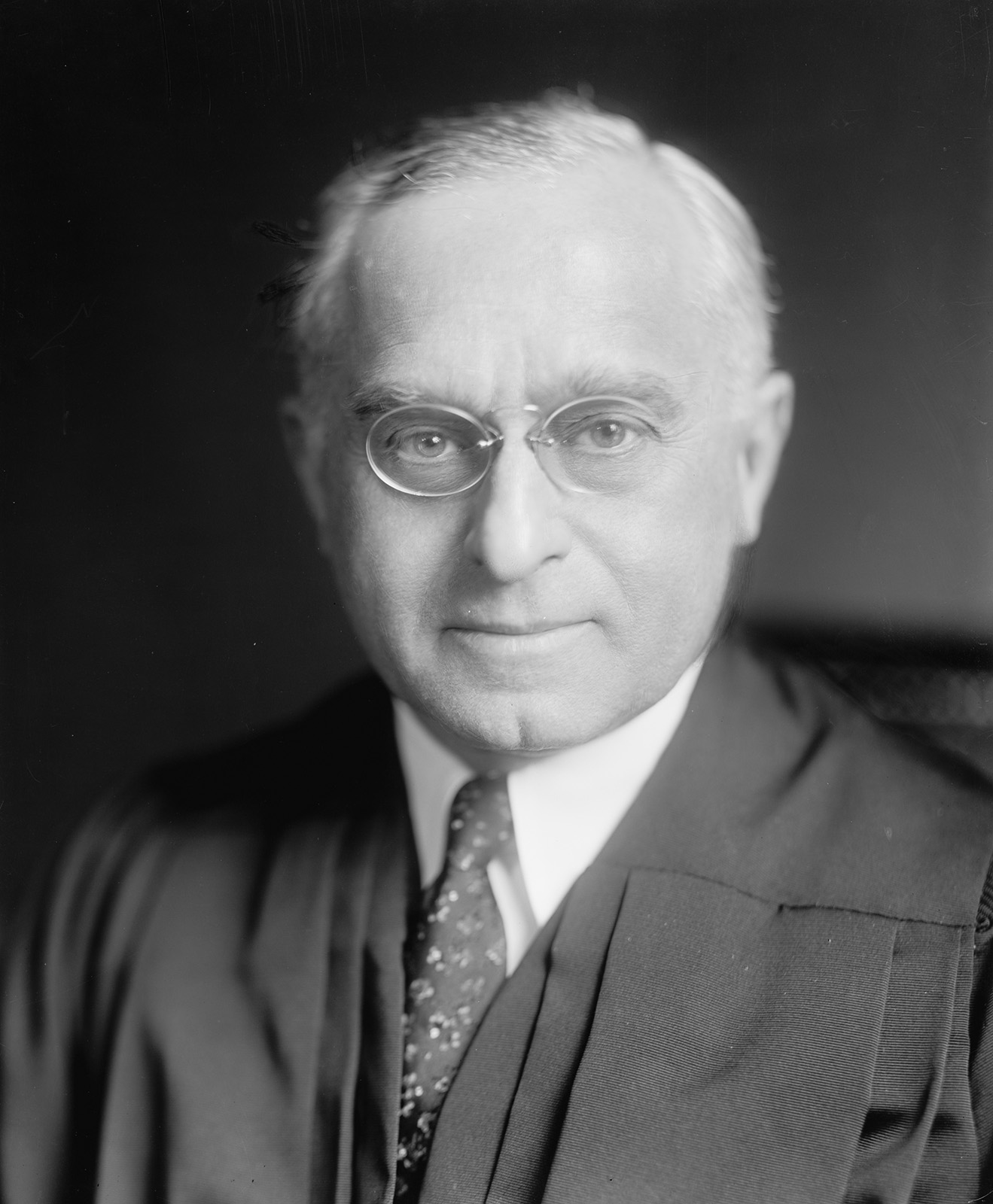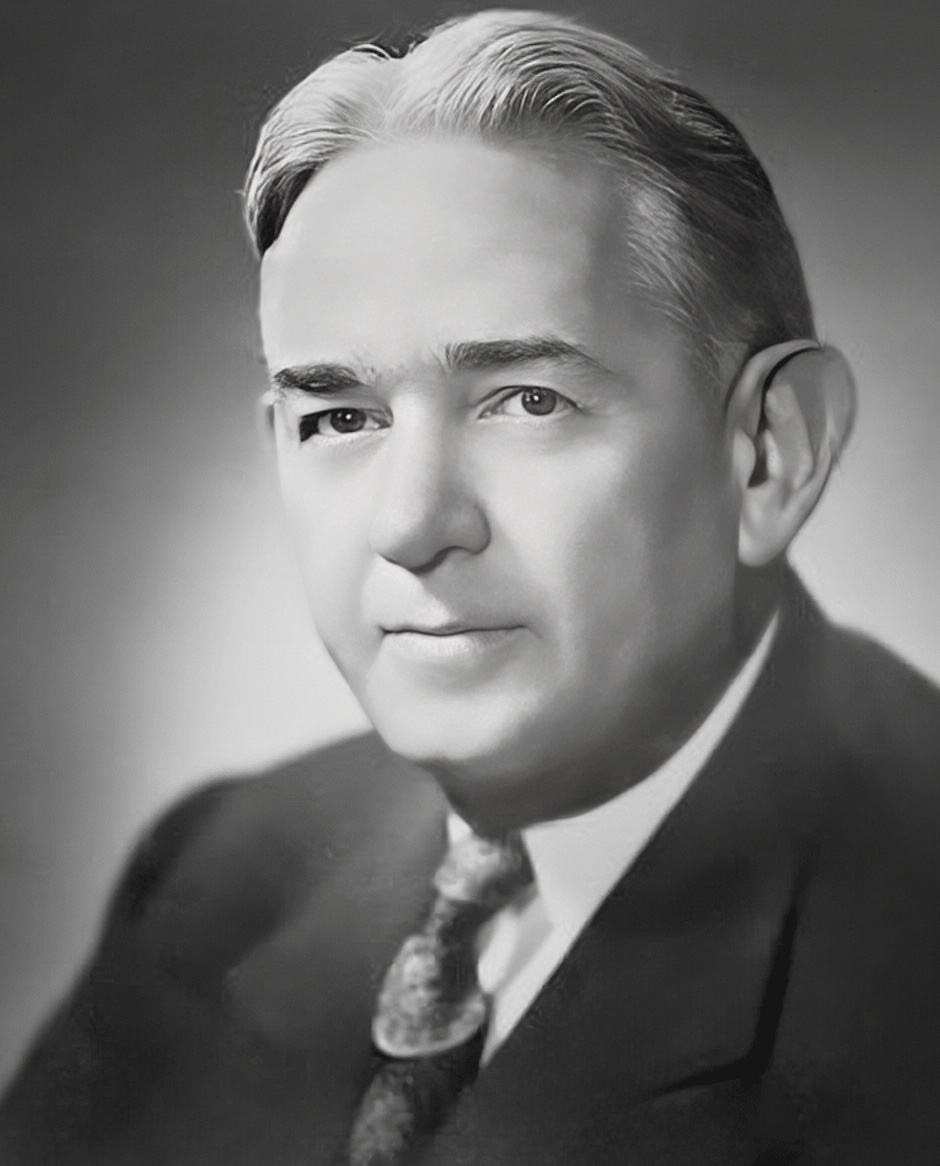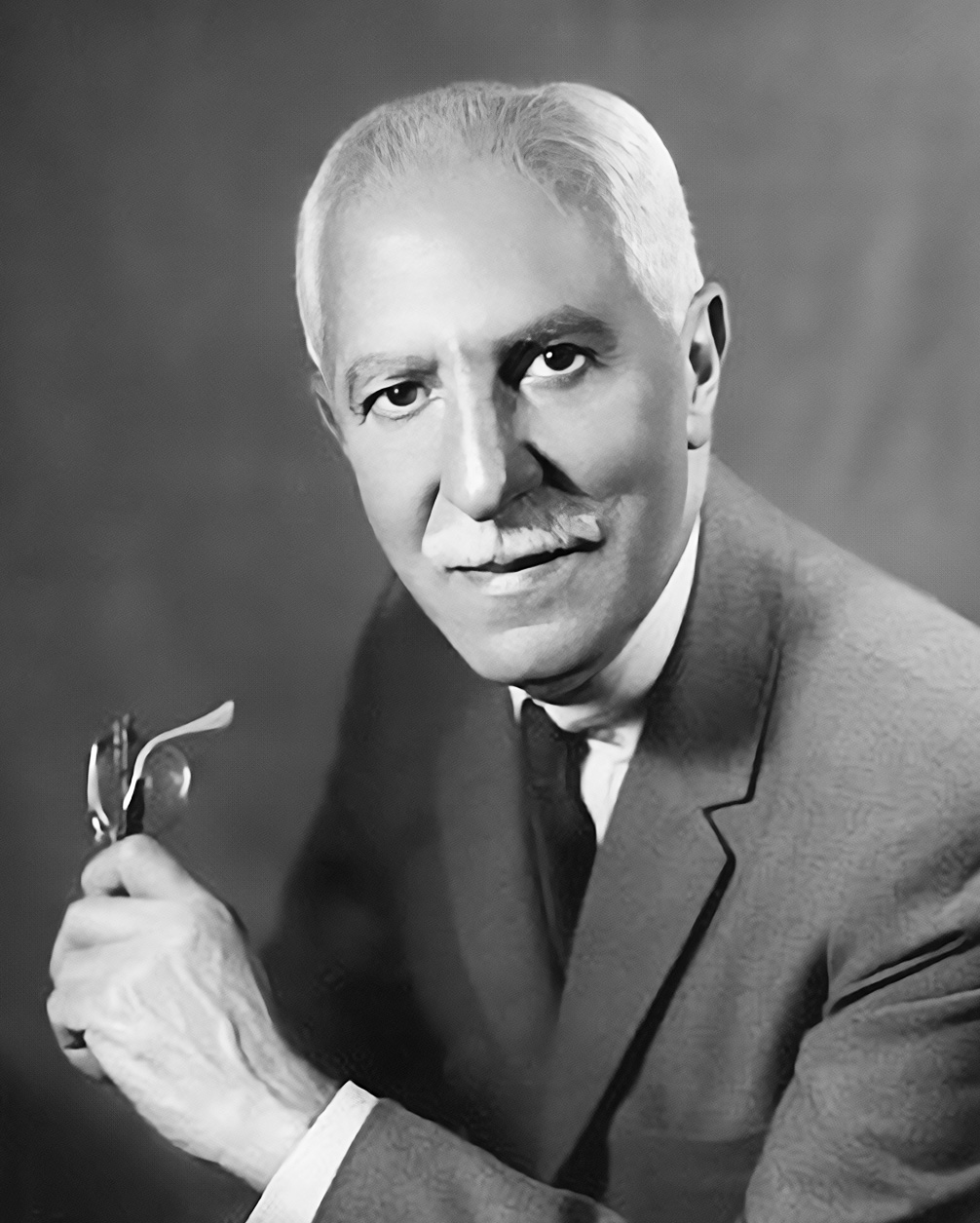1952
The Arguments for Segregation
--:--
--:--
location_onWashington, D.C.
By 1952, the arguments favoring segregation had become more challenging to support. Change was in the air.
As each of the five cases went before the justices, the lead attorneys took different approaches, though common themes emerged.
As each of the five cases went before the justices, the lead attorneys took different approaches, though common themes emerged.

